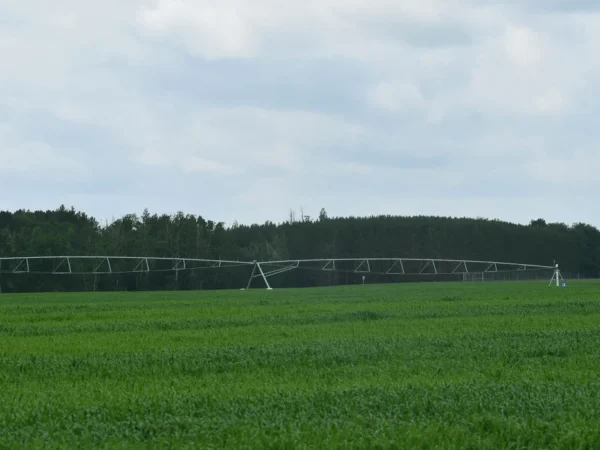
MINNEAPOLIS (AP) — Minnesota pollution officials on Monday released a proposed impaired waters list for 2022, an update that included the addition of 15 northeastern and central Minnesota water bodies where fish have been contaminated with long-lasting chemicals.
The 15 were added due to contamination with a family of widely used chemicals known as PFAS, sometimes called “forever chemicals “due to their inability to break down.
It’s the first time water bodies outside the Minneapolis-St. Paul area have made the list due to PFAS contamination. A PFAS compound known as perfluorooctane sulfonic acid, or PFOS, can accumulate in fish and potentially cause adverse health effects in people who consume them.
The waters include several bodies east of the Twin Cities metro area where the chemicals — used by Maplewood-based 3M to make products resistant to heat, oil, stains, grease and water — entered the area’s groundwater after decades of dumping into landfills. Three lakes downstream from an active cleanup site at the Duluth International Airport were also found to have high levels of PFOS, which has been used in firefighting foam.
“What all this means is more work is needed to identify and eliminate the sources of PFOS in order to reduce their levels in lakes in rivers and prevent limits being placed on fish consumption,” said Miranda Nichols, the Minnesota Pollution Control Agency’s impaired waters list coordinator.
The new additions bring the total of Minnesota water bodies with PFOS contamination to 26. The proposed new listings include portions of the St. Croix and St. Louis rivers in eastern Minnesota, Winona Lake in Alexandria in central Minnesota; and Wild Rice Lake and the Fish Lake Flowage in St. Louis County of northeast Minnesota.
Those already on the list included Bde Maka Ska lake in Minneapolis and the Mississippi River, among others. Some PFAS have been linked to health problems including low birth weight, kidney and thyroid issues and some cancers.
In total, the MPCA is proposing to add 305 water bodies with 417 new impairments for various reasons, bringing the total list to nearly 3,000 water bodies and more than 6,100 impairments. Common impairments include streams with degraded fish and bug habitats, too much sediment in lakes so fish can’t breathe or find food and high bacterial levels that make water unsafe for swimming.
“Minnesota’s lakes and rivers and streams are some of our most valuable resources. They’re the heart of our state — the Land of 10,000 lakes — and they’re critical to our livelihood and our recreation,” said Peter Tester, deputy commissioner of the MPCA.
As the agency expands its PFAS monitoring, officials expect to find new contamination in waters throughout the state.
About 75% of Minnesota lakes that were studied meet state water quality standards and a majority of the state’s recreational lakes remain swimmable, according to MPCA data from this past August. About 31 water bodies were removed from the impaired list due to restoration efforts.
Minnesota is required by the federal Clean Water Act to submit an impaired waters list to the U.S. Environmental Protection Agency every two years. The release of the proposed list kicks off a 60-day public comment period that ends in early January before state officials submit the list to the EPA in April.
___
Mohamed Ibrahim is a corps member for the Associated Press/Report for America Statehouse News Initiative. Report for America is a nonprofit national service program that places journalists in local newsrooms to report on undercovered issues.
Catch more news on Great lakes Now:
White House: US will discuss Michigan pipeline with Canada
NY says no to voting reforms, yes to environmental right
Featured image: Foam on the Rogue River at Rockford is a tell-tale sign of PFAS contamination. (Photo Credit: Lester Graham/Michigan Radio)




